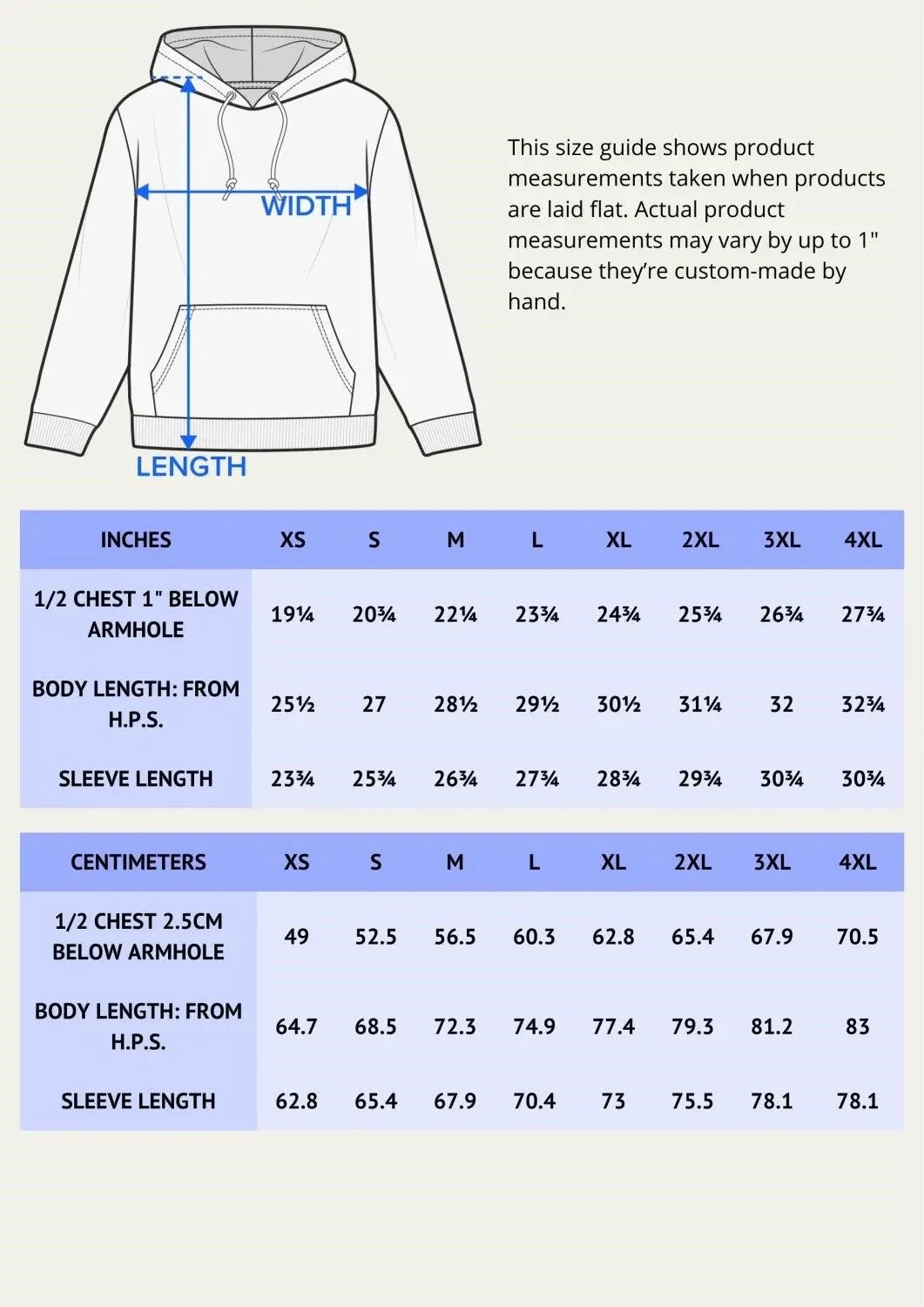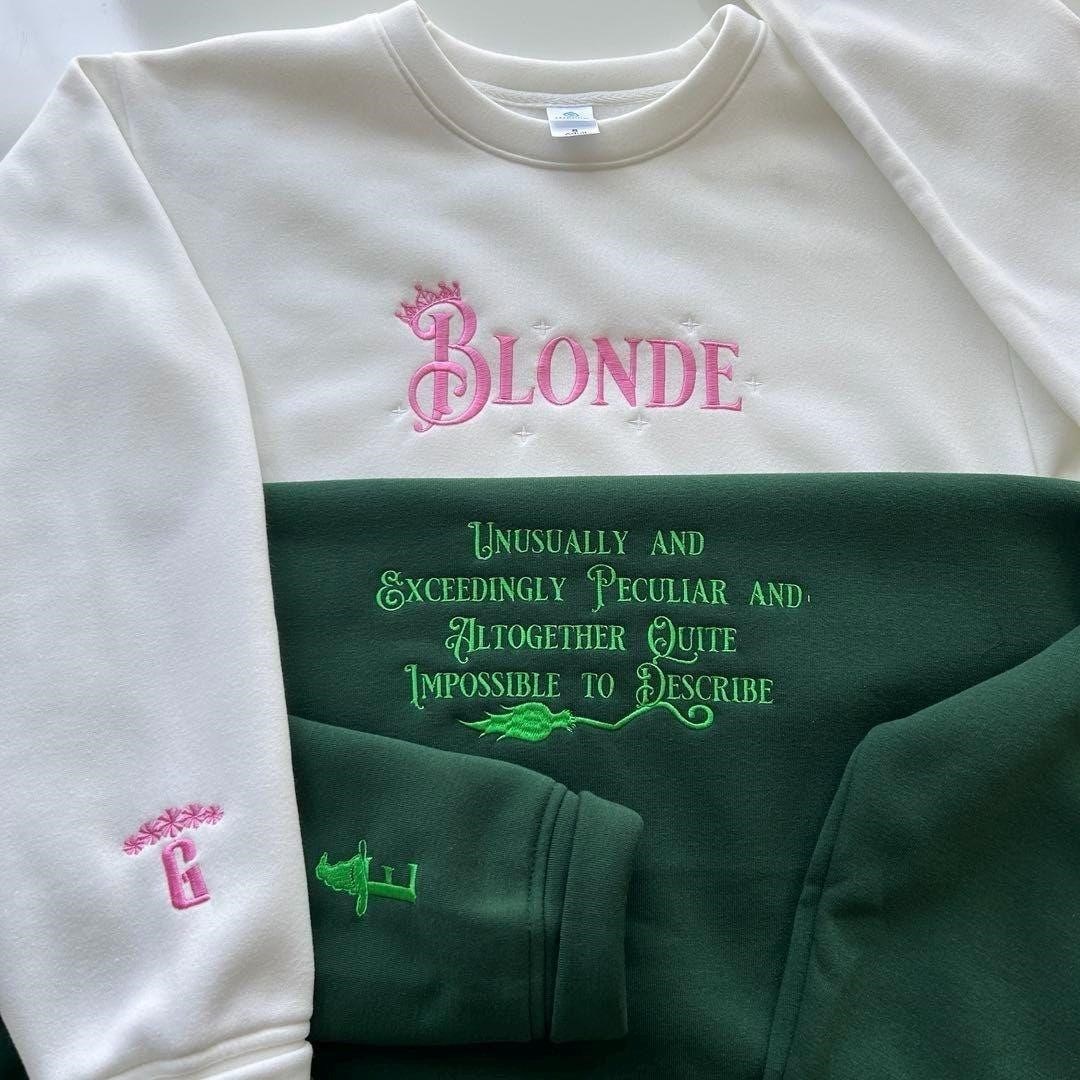
unisex sizing guide
Understanding Unisex Sizing
Unisex sizing offers clothing designed to fit a range of body types, transcending traditional gender-specific measurements. Charts often use numerical sizes (XS-XXL) instead of separate men’s and women’s designations. However, interpreting these sizes requires awareness of potential brand variations and fit preferences.
The Basics of Unisex Sizing Charts
Unisex size charts typically present measurements like chest, waist, and hip circumferences, corresponding to various sizes ranging from extra small (XXS) to extra extra large (XXL) and beyond. Unlike traditional men’s and women’s sizing, which often differ significantly for the same numerical size, unisex charts aim for a broader inclusivity. This means a size medium in unisex may accommodate a wider range of body shapes and sizes than a men’s or women’s medium. Understanding this fundamental difference is crucial for accurate sizing. Pay close attention to the specific measurements provided, rather than relying solely on the size label. Many brands provide detailed conversion charts, translating unisex sizes to equivalent men’s or women’s sizes to assist in selection. Remember to always check the brand’s specific size guide, as measurements can vary considerably.
Men’s vs. Women’s Sizing Differences in Unisex Clothing
While unisex clothing aims for inclusivity, inherent differences remain between men’s and women’s body shapes. Unisex sizing, frequently based on a men’s standard, may necessitate adjustments for women. Many brands explicitly note that their unisex items are cut for a male physique, resulting in a potentially looser or more oversized fit on women. Some women find it necessary to order one or even two sizes smaller than their usual women’s size to achieve a more flattering fit in unisex clothing. Conversely, men might find some unisex pieces to be slightly more form-fitting than expected. This highlights the importance of comparing the provided measurements against your own body measurements rather than solely relying on the size label; Consulting customer reviews and brand-specific size guides can offer additional insights into fit and sizing variations.

Measuring Your Body for Unisex Clothes
Accurate measurements are crucial for a proper fit. Use a flexible tape measure, ensuring it lies flat against your body. Record your chest/bust, waist, and hip measurements for comparison to size charts; other measurements may be needed depending on the garment.
Measuring Chest and Bust
Accurately measuring your chest and bust is fundamental to selecting the right unisex clothing size. For the chest measurement, stand straight and relax your shoulders. Wrap the measuring tape around the fullest part of your chest, keeping the tape horizontal and snug but not tight. Ensure the tape measure is parallel to the floor and comfortably positioned around your back. Note down this measurement in centimeters or inches. The bust measurement is taken similarly, but it focuses on the fullest point of your bust. Make sure the measuring tape is positioned evenly around your back and under your arms. Record the bust measurement. It’s crucial to note that for unisex sizing, the chest measurement is often the more significant factor, as many unisex garments are designed with a more relaxed, looser fit.
Measuring Waist and Hips
Precise waist and hip measurements are vital for ensuring proper fit in unisex clothing, particularly for bottoms or fitted tops. To measure your waist, stand naturally with your feet slightly apart. Locate your natural waistline, which is typically the narrowest part of your torso, usually above your belly button. Wrap the measuring tape around your waist at this point, ensuring it sits comfortably but not too loosely. Record the measurement. For hip measurement, stand with your feet together. Find the widest part of your hips, usually around your buttocks. Wrap the measuring tape around your hips at this widest point, keeping the tape parallel to the floor. Record the measurement. Remember, these measurements are essential for comparing against unisex size charts, and discrepancies between waist and hip measurements may influence your size selection. Always consult the specific size chart of the brand you’re purchasing from.
Measuring Other Relevant Body Parts
Beyond waist and hip measurements, additional body dimensions can significantly impact the fit of unisex clothing. For tops, measuring your shoulder width is helpful; this is the distance across your back from one shoulder bone to the other. Sleeve length is also crucial, measured from your shoulder bone to your wrist bone with your arm slightly bent. For bottoms, inseam measurement—the length from the crotch seam to the bottom of the leg—is essential for proper length. Additionally, consider your height, especially when purchasing items with specific length specifications. If you’re unsure about how to measure these body parts, consult online tutorials with visual aids. Accurate measurements are key to selecting the correct unisex size, ensuring a comfortable and flattering fit. Remember to always refer to the brand’s specific size chart, as measurements may vary slightly.

Interpreting Unisex Size Charts
Unisex size charts utilize numerical sizing (XS-XXL), differing from traditional men’s and women’s sizing. Understanding size conversions between unisex and gender-specific charts is essential. Note that sizing can vary significantly among brands; always check individual brand guides.
Understanding Size Conversions (e.g., Unisex to Women’s)
Converting unisex sizes to women’s sizes requires careful consideration, as unisex sizing is often based on men’s measurements. Many brands provide conversion charts, translating unisex sizes to their equivalent women’s sizes. These charts aren’t universally consistent; each brand may have its own unique sizing system. For example, a unisex medium might correspond to a women’s medium in one brand, but a women’s large in another. Therefore, consult the specific brand’s size chart for accurate conversion. If a conversion chart is unavailable, closely examine the brand’s detailed measurements for each size. Compare these measurements to your own body measurements to determine the best fit. Some women find that a unisex size smaller than their usual women’s size fits well due to the differing cuts and styles. Reading customer reviews can offer insights into how the unisex sizing translates for women, helping you make an informed decision.
Addressing Variations Between Brands
A significant challenge in navigating unisex sizing lies in the inconsistencies between brands. While a unisex large might fit comfortably from one retailer, the same size from another might feel too tight or too loose. This stems from differences in design, manufacturing processes, and target demographics. Some brands prioritize a more relaxed fit, while others opt for a slimmer silhouette, even within the same labeled size. To account for these variations, meticulously examine the detailed measurements provided by each brand. Don’t solely rely on the size label; instead, compare the chest, waist, and hip measurements to your own body measurements for a more accurate fit assessment. Customer reviews can also provide valuable insights into a particular brand’s sizing tendencies. Reading reviews helps you gauge whether a brand tends to run large, small, or true to size, enabling you to select the most appropriate size for your body type and preferred fit. Paying attention to these details significantly improves your chances of finding the perfect fit.
Tips for Choosing the Right Unisex Size
Prioritize detailed size charts and customer reviews when selecting unisex clothing. Consider your preferred fit – slim, relaxed, or somewhere in between – to ensure optimal comfort and style.
Considering Fit Preferences (e.g., Slim vs. Relaxed)
Unisex clothing comes in various fits, impacting the final look and feel. Understanding these differences is crucial for selecting the right size. A “slim fit” typically hugs the body closely, offering a more tailored silhouette. This style might be preferable for individuals who prefer a streamlined appearance and close-fitting garments. Conversely, a “relaxed fit” provides more room and a looser, more comfortable feel. This option is ideal for those who prioritize comfort and ease of movement over a snug fit. Many brands offer a range between these two extremes, such as “regular fit” or “athletic fit,” providing additional choices tailored to specific preferences. Before ordering, carefully examine the product description and size chart for details on the specific fit. Pay attention to measurements like chest, waist, and hip circumferences, and compare them to your own measurements to gauge how the garment will fit your body type. Customer reviews often provide insights into how a particular garment fits various body types, further assisting in your selection process.
Using Customer Reviews and Size Guides
Leveraging customer reviews and detailed size guides is essential for accurate unisex sizing. Before purchasing, thoroughly examine the provided size chart. Note that measurements are typically for the garment itself, not body measurements. Compare these measurements to your own body measurements to determine the most suitable size. Pay close attention to the units of measurement (inches or centimeters) to avoid errors. Many online retailers provide comprehensive size charts detailing multiple measurements like chest, waist, hip, and sleeve length. Complement this information with customer reviews. These often provide valuable insights into the actual fit and feel of the garment. Look for comments about the garment’s fit (slim, relaxed, true to size, etc.) and how it compares to the stated size. Read reviews from individuals with similar body types and height for the most relevant feedback. This combined approach – analyzing both the provided size guide and user experiences – ensures a more informed decision, increasing the likelihood of receiving a well-fitting garment.